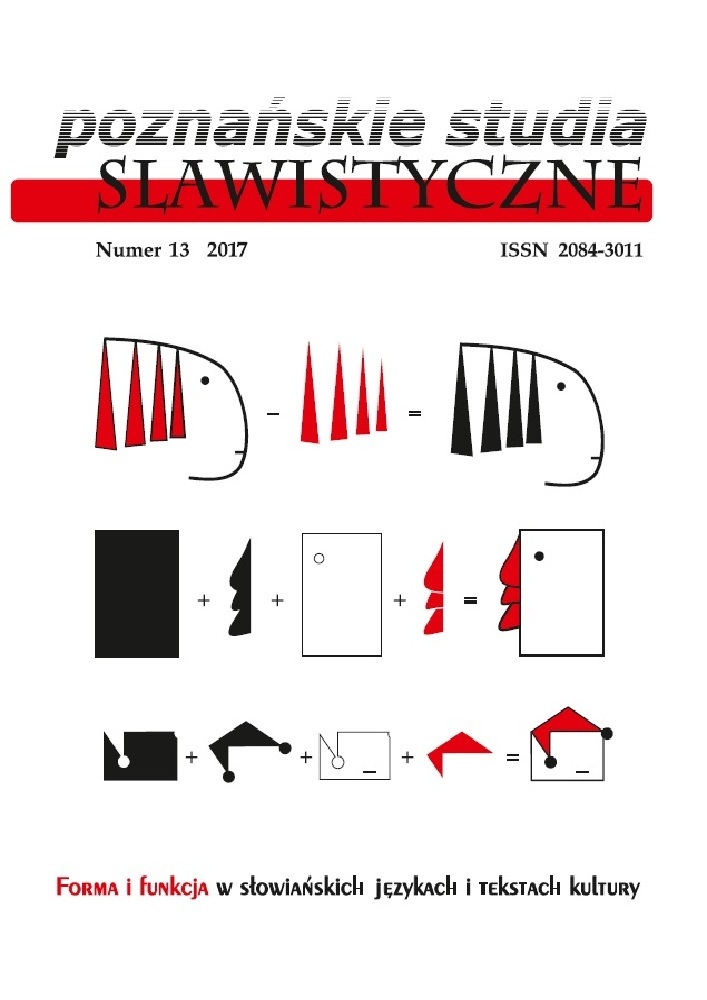Abstract
In the second half of the 19th century, social development based on science, technological innovation, rationalism and capitalist economy presents itself as full of promise insofar as it proclaims the upcoming progress of civilization. The downside of this process is the increase in crime, massive neurosis, various forms of moral disorder, and the epidemics of somatic diseases such as tuberculosis and syphilis. Consequently, the perception of the new generation as degenerate is actually the way to articulate anxiety in the culture of the time. Croatian literature at the end of the 19th and at the beginning of the 20th century frequently refers to illness, bodies burdened by drives, and to sick, tense or perverted minds. The paper, therefore, reads tuberculosis as a metaphor for the discontent and fear that permeate the contemporary Croatian society due to, for instance, the failure of the traditional concept of identity, changed gender roles, frequent sexual transgressions, increased mortality and generally due to the inefficiency of modernization processes in solving numerous social problems and crises.References
Barac, A. (1964). Vjenceslav Novak [foreword]. In: Vjenceslav Novak. Ed. V. Barac. Zagreb: Matica hrvatska, pp. 7–26.
Bauman, Z. (1992). Mortality, Imortality and Other Life Strategies. Stanford: Stanford University Press.
Biti, V. (2005). Uzgoj eksplozije. ‘Logika apsurda’ in “Isušenoj kaljuži” Janka Polića Kamova. In: Doba svjedočenja. Zagreb: Matica hrvatska, pp. 31–51.
Bićanić, R. (1948). Industrijska revolucija u Hrvatskoj i godina 1848. “Historijski zbornik”, 1 (1), pp. 67–102.
Byrne, K. (2013). Tuberculosis and the Victorian literary Imagination. Cambridge– –New York: Cambridge University Press.
Dežman, M. (1904). Aetiologija, prophylaksa i therapija tuberkuloze prema današnjem stanju znanosti. „Liečnički viestnik”, 9 (26), pp. 284–289; 10(26), pp. 316–322; 11 (26), pp. 357–364; 12 (26), pp. 410–423.
Foucault, M. (1982). Istorija seksualnosti. Volja za znanjem. Belgrade: Prosveta.
Greeenslade, W. (2010). Degeneration, Culture and the Novel. Cambridge–New York: Cambridge University Press.
Hoholač, J. (1899). Sredstva proti širenju tuberkuloze nastale užitkom mesa i mlieka od tuberkuloznih krava. “Liečnički viestnik”, 6 (21), pp. 188–192.
Kamov, J.P. (1997). Isušena kaljuža. Zagreb: Konzor. Kohout, B. (1907). Degeneracija čovječeg pokoljenja. “Liečnički viestnik”, 4 (29), pp. 98–104; 5 (29), pp. 133–139.
Kohout, B. (1911). Higijena društva (Eugenia). “Liečnički viestnik”, 11 (33), pp. 546– –553; 12 (33), pp. 604–610.
Leskovar, J. (1997). Katastrofa. Ed. C. Milanja. Zagreb: Matica hrvatska, pp. 37–50.
Milanja, C. (1987). Janko Leskovar. Zagreb: Zavod za znanost o književnosti.
Nemec, K. (1994). Povijest hrvatskog romana od početaka do kraja 19. stoljeća. Zagreb: Nakladni zavod Znanje.
Novak, V. (1964). Posljednji Stipančići. Ed. V. Barac. Zagreb: Matica hrvatska, pp. 111–296.
Oosterhuis, H. (2000). Stepchildren of nature. Krafft-Ebing, Psychiatry, and the Making of Sexual Identity. Chicago−London: The University of Chicago Press.
Sontag, S. (1978). Illness as Metaphor. New York: Farrar, Straus and Giroux.
Sparks, T. (2015). Illness as Metaphor in the Victorian Novel: Reading Popular Fiction Against Medical History. In: Victorian Medicine and Popular Culture. Eds L. Penner, T. Spark. London: Pickering & Chatto, pp. 137–146.
Vuković, T. (2016). Grdoba napretka. Degeneracija, kultura normalizacije i hrvatska književnost na prijelazu iz 19. u 20. stoljeće. „Romanoslavica”, 2 (52), pp. 437–450.
License

This work is licensed under a Creative Commons Attribution-NoDerivatives 4.0 International License.
